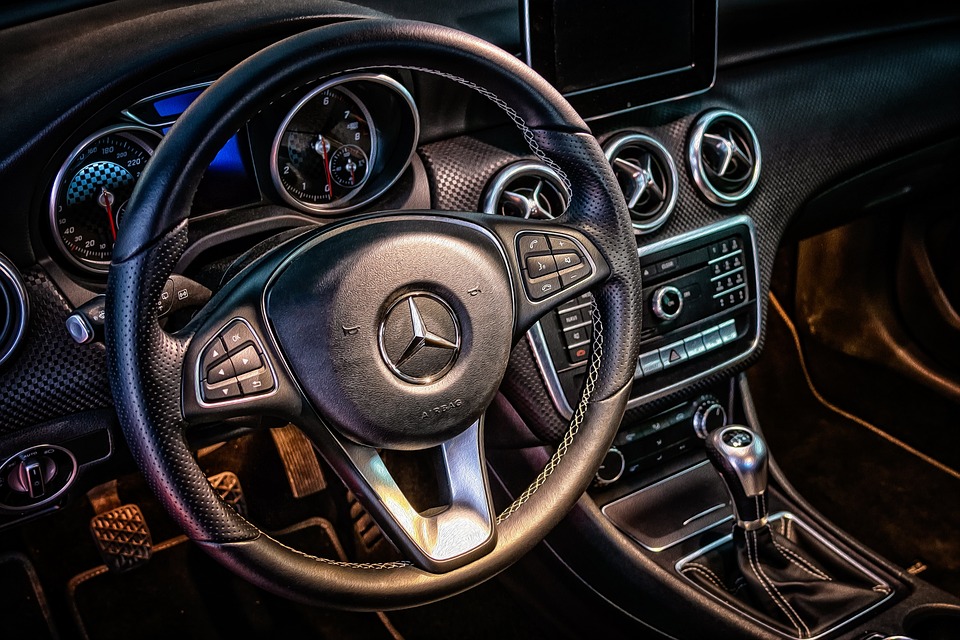Every automaker has its share of hits and misses. While some vehicles become iconic and beloved, others fade into obscurity—or worse, become infamous. Whether due to poor design, safety issues, or mechanical failures, these cars left a stain on their manufacturers’ reputations.
Here are ten brands that released cars they’d rather forget.
1. Ford Edsel (1958-1960)
Ford had high expectations for the Edsel, supporting its launch with an extensive marketing campaign. However, the car quickly became one of the biggest failures in automotive history. Its unusual design was widely criticized, with many finding the front grille awkward and unappealing.
Mechanical issues further damaged its reputation, as quality control problems led to frequent breakdowns. Additionally, Ford misjudged the market, releasing the Edsel during an economic downturn when consumers were shifting towards smaller, more affordable cars.
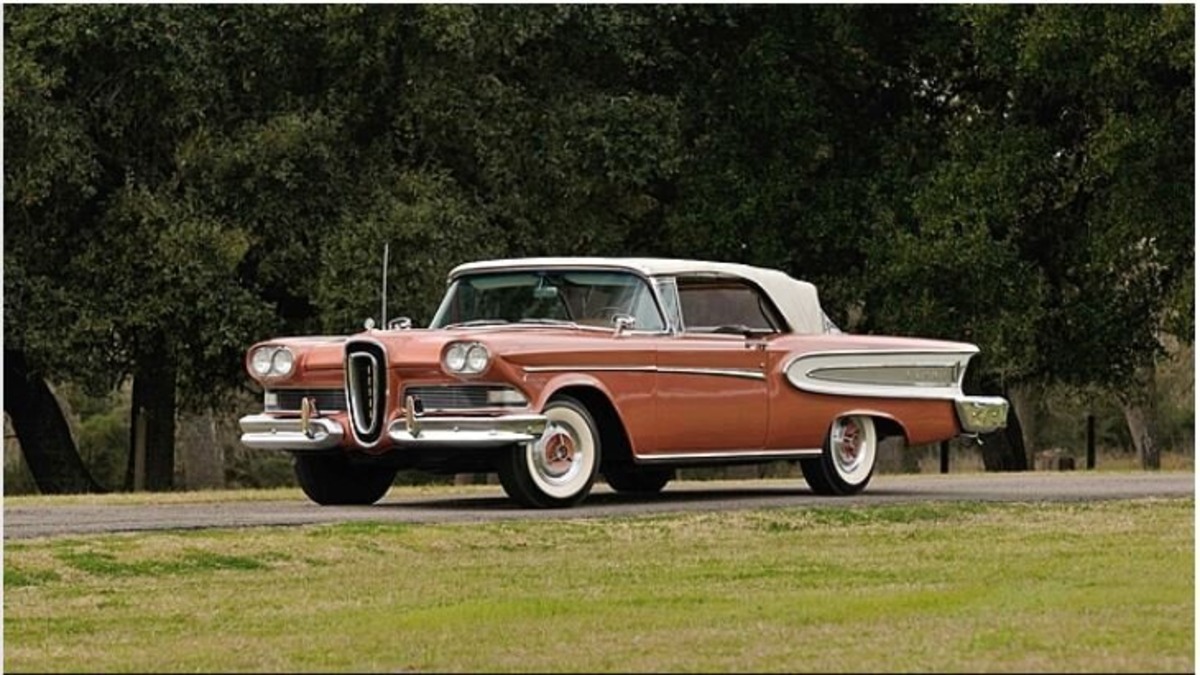
Despite significant investment, sales never met expectations, and the Edsel became synonymous with failure. Ford attempted various fixes, but the damage was already done. After just three years, the company discontinued the model, taking a massive financial loss estimated at over $250 million.
The Edsel’s failure became a cautionary tale in the automotive industry, highlighting the risks of poor market research, overhyped marketing, and flawed execution in product development.
2. Chevrolet Corvair (1960-1969)
Chevrolet’s Corvair became notorious after Ralph Nader’s book Unsafe at Any Speed exposed its safety flaws. The car’s rear-engine design and swing-axle suspension made it prone to oversteering, increasing the risk of accidents. Additionally, it lacked essential safety features, making it even more hazardous for drivers.
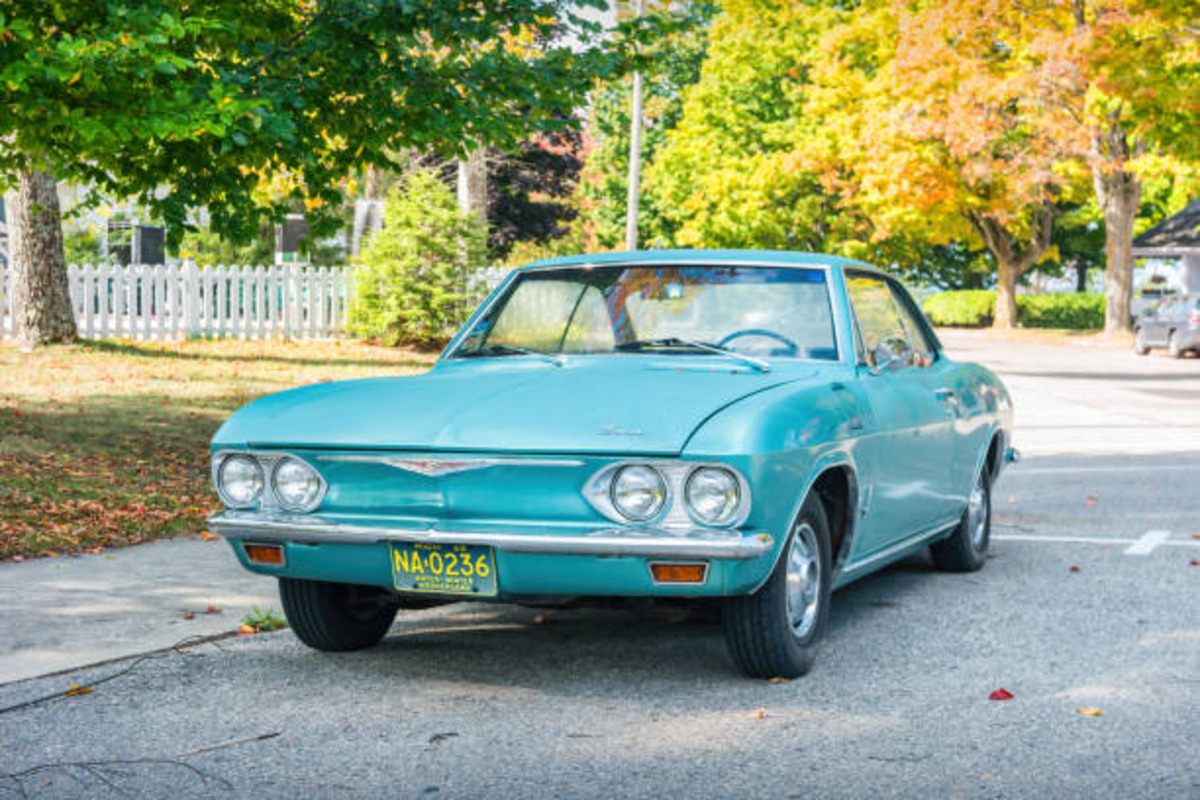
Public concern grew as reports of instability and crashes surfaced, forcing Chevrolet to make design improvements in later models. However, by then, the damage to its reputation was irreversible. Despite efforts to defend the Corvair’s safety, consumer confidence had plummeted. Sales declined sharply, and Chevrolet eventually discontinued the model in 1969.
The Corvair controversy led to greater scrutiny of automobile safety standards and played a role in advancing regulations for safer vehicles. While it remains a classic among car enthusiasts today, its legacy is tied to a pivotal moment in automotive history that changed the industry’s approach to safety forever.
Also Read: 10 Affordable Cars That Offer Luxury-Level Comfort
3. Pontiac Aztek (2001-2005)
The Pontiac Aztek is often remembered as one of the most visually unappealing cars ever made. Designed to be futuristic and highly functional, its awkward proportions and unusual styling turned off consumers. Critics and buyers alike found its appearance clunky and uninspired, leading to poor sales.
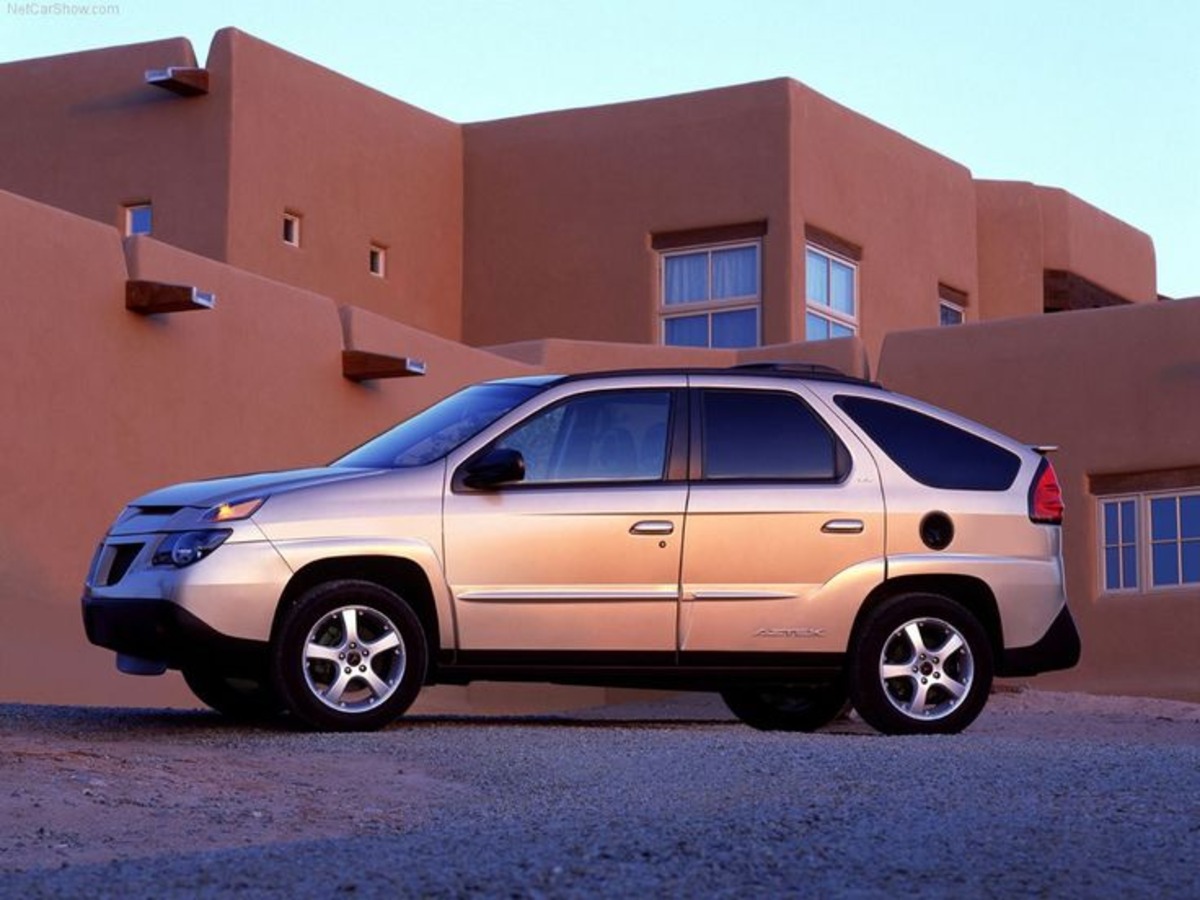
Beyond its design issues, Pontiac struggled with weak branding and unclear market positioning. The Aztek was meant to appeal to adventurous, outdoorsy drivers, but its execution fell flat. Despite offering practicality, ample cargo space, and innovative features like a built-in tent, it failed to connect with buyers.
Sales remained disappointing, and Pontiac discontinued the Aztek after just a few years. However, its reputation took an unexpected turn when it became Walter White’s car in Breaking Bad, earning a cult following. Today, the Aztek is viewed more as a quirky pop culture icon than a commercial success, proving that time can reshape perception.
4. Yugo GV (1985-1992)
The Yugo GV was marketed as an ultra-affordable car, but its low price came with serious trade-offs. Built in Yugoslavia and sold in the U.S., it quickly gained a reputation for terrible reliability, poor build quality, and frequent mechanical failures. Owners dealt with everything from engine breakdowns to faulty electrical systems, and the car’s lack of safety features only worsened its appeal.
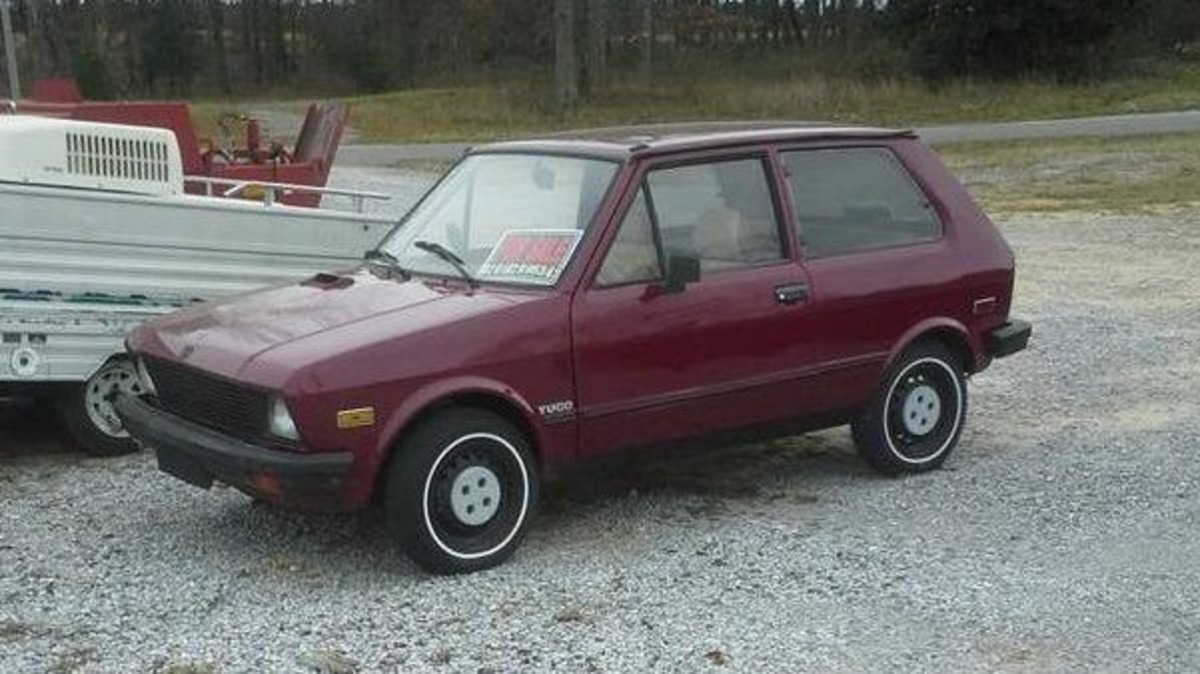
Despite initial curiosity from budget-conscious buyers, word spread about its numerous flaws, and sales plummeted. The Yugo struggled to compete with more reliable small cars from Japan and the U.S. By the early ‘90s, it was widely mocked as one of the worst cars ever made.
Jokes about the Yugo became common, cementing its status as a symbol of automotive failure. Production eventually ceased, and the brand disappeared, but the Yugo remains a cautionary tale of how cutting corners on quality can lead to disaster.
5. Cadillac Cimarron (1982-1988)
Cadillac attempted to compete with European luxury sedans by releasing the Cimarron, a rebadged Chevrolet Cavalier with a higher price tag. However, buyers quickly saw through the marketing strategy, and the Cimarron became infamous for poor badge engineering.
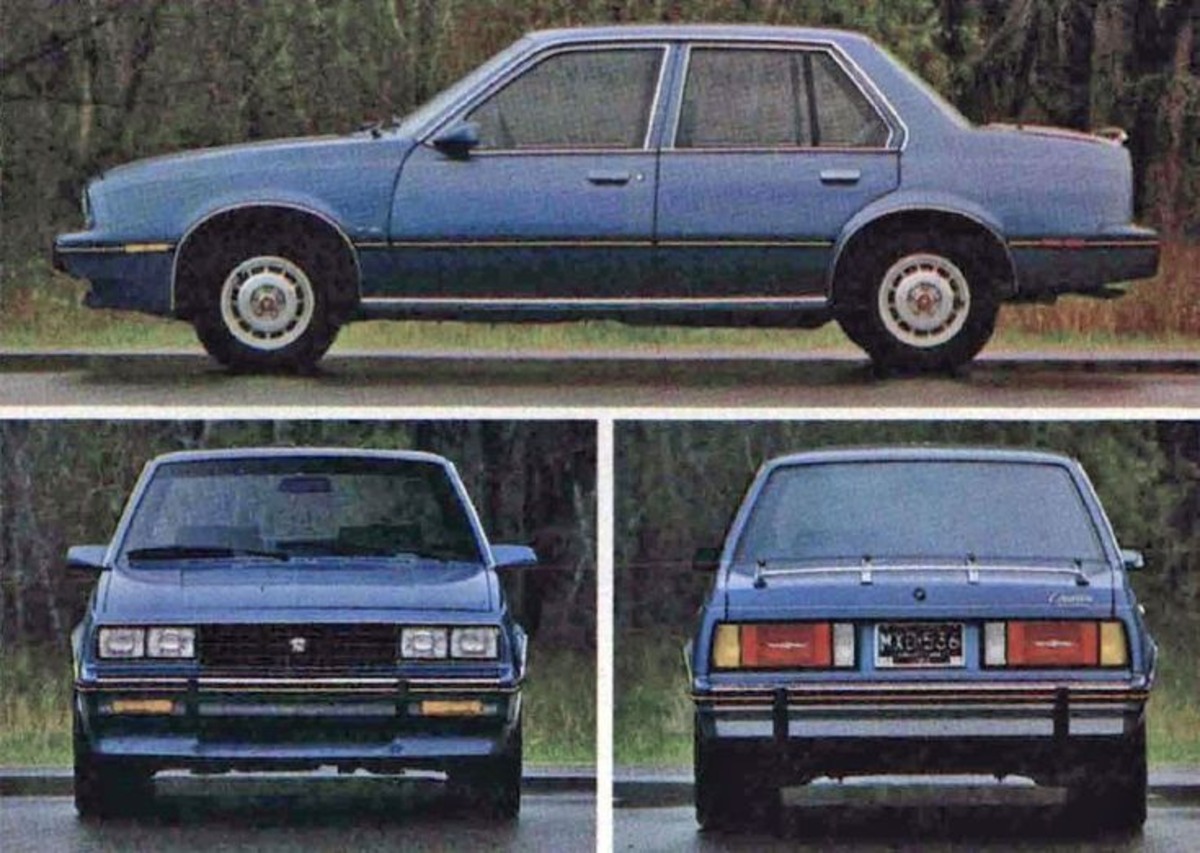
Lacking the luxury and performance expected from Cadillac, it failed to impress customers and damaged the brand’s reputation. Critics and buyers alike viewed it as an overpriced economy car rather than a true luxury vehicle.
Ultimately, weak sales and negative reception led to its quiet discontinuation, making the Cimarron one of Cadillac’s most notorious missteps in automotive history.
6. Chrysler PT Cruiser (2000-2010)
The PT Cruiser debuted with a bold retro design, capturing attention and gaining early popularity. However, its appeal quickly faded as its flaws became apparent. The car’s underwhelming performance, cheap interior materials, and outdated technology made it feel less like a modern classic and more like a relic of poor design choices. While its styling initially helped it stand out, the novelty wore off, leaving drivers with a vehicle that lacked refinement and excitement.
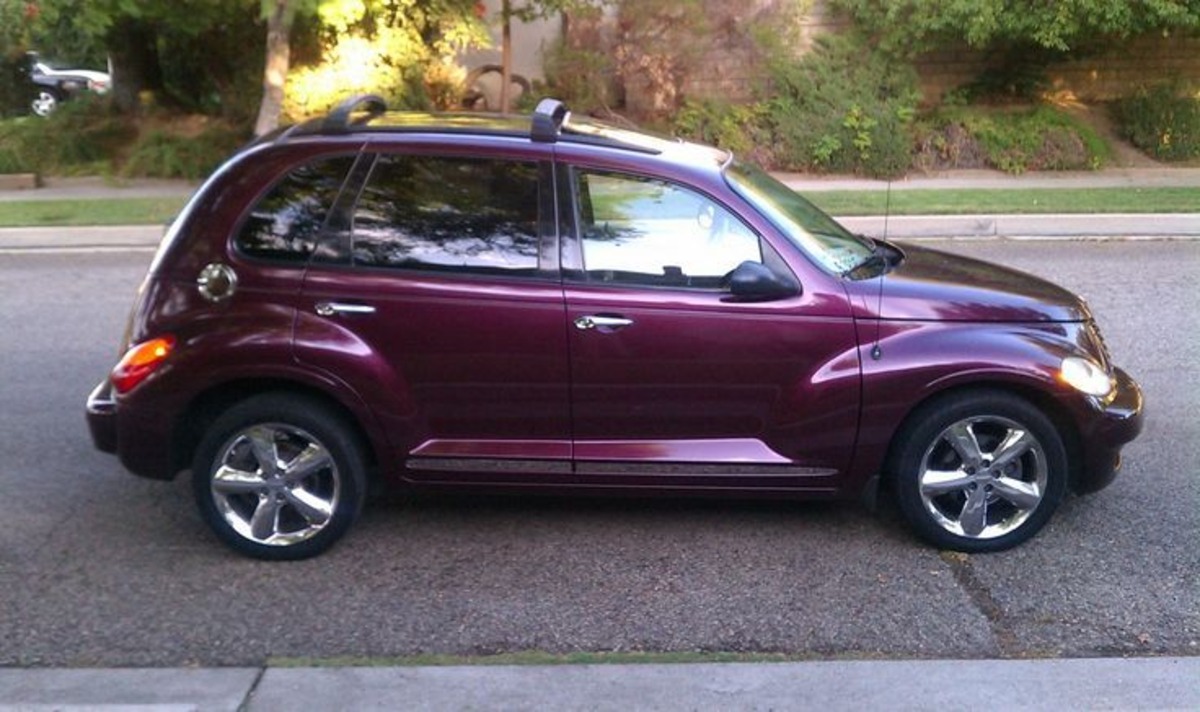
Critics slammed its sluggish engine, lackluster driving dynamics, and low-quality build, making it one of Chrysler’s more disappointing models. As competition evolved with better-performing and more stylish alternatives, the PT Cruiser struggled to stay relevant. By the time Chrysler discontinued it in 2010, it had gone from a trendy throwback to an industry joke. What started as a nostalgic design experiment ended as a cautionary tale of why substance matters as much as style.
Also Read: 10 Sleeper Cars That Can Surprise Any Sports Car
7. Fiat Multipla (1998-2010)
Fiat is known for bold and quirky designs, but the Multipla pushed the limits of unconventional styling. Its bizarre front-end, bulbous shape, and awkward proportions made it look unusual from every angle. While it offered a surprisingly spacious and practical interior, its odd design became its defining trait, overshadowing its functionality.
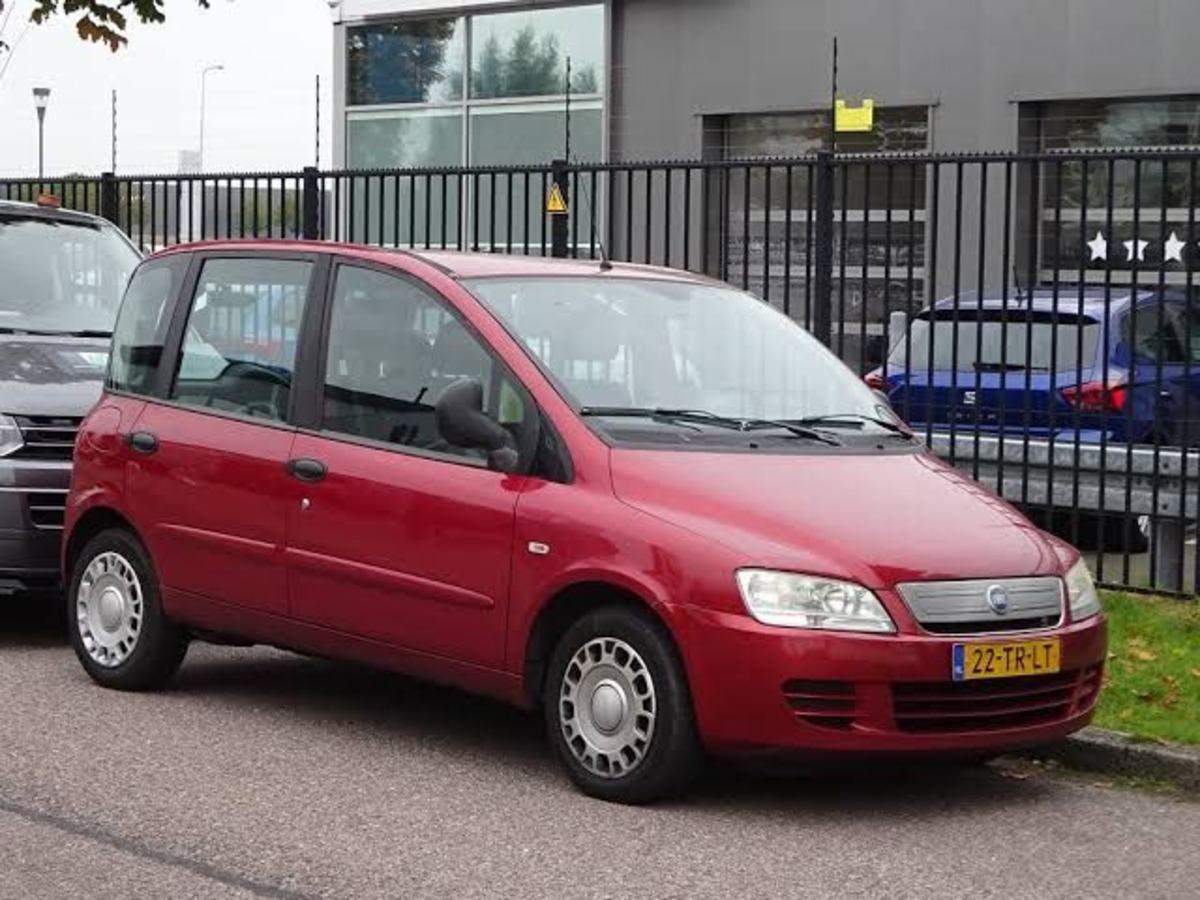
Despite its roomy cabin and innovative three-abreast seating, most buyers couldn’t get past its polarizing appearance. The Multipla gained a reputation as one of the strangest-looking cars ever produced, making it difficult for Fiat to attract mainstream buyers. Eventually, Fiat gave it a much-needed redesign, toning down its eccentric styling.
However, by then, the damage was done—its image as an automotive oddity was firmly cemented. While it remains a cult favorite for some, the Multipla serves as a reminder that practicality alone isn’t enough to overcome a design that turns heads for all the wrong reasons.
8. DeLorean DMC-12 (1981-1983)
The DeLorean became a pop culture icon thanks to Back to the Future, but as a car, it was a letdown. Its stainless-steel body looked futuristic but was heavy, and its underpowered V6 engine made performance sluggish. Despite its eye-catching gullwing doors, the driving experience didn’t match the car’s striking design.
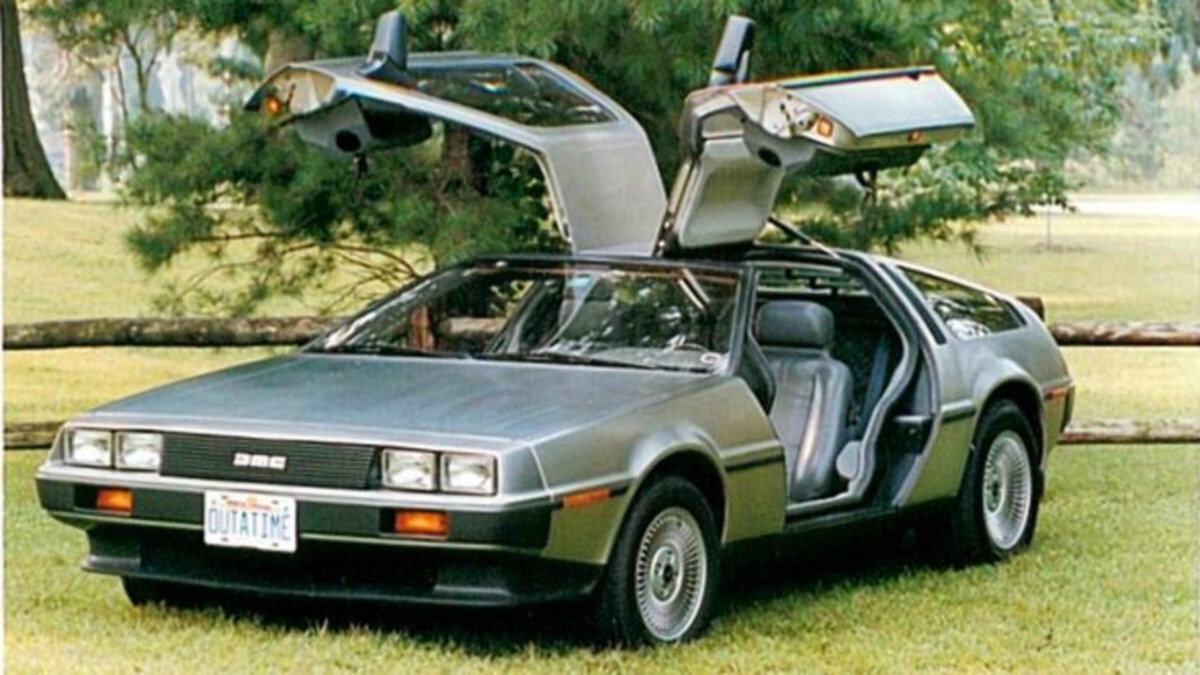
Beyond performance issues, the DeLorean suffered from poor build quality and mechanical problems, frustrating buyers. Financial mismanagement within the company only made matters worse. Production delays, high costs, and a lack of demand eventually led to the DeLorean Motor Company’s bankruptcy.
Although it gained legendary status through Hollywood, the DeLorean was ultimately one of the biggest flops in automotive history. While enthusiasts still admire its unique aesthetics, its shortcomings as a sports car and the company’s downfall remain a cautionary tale of ambition exceeding execution.
9. Mercedes-Benz A-Class (First Generation, 1997-2004)
Mercedes-Benz is known for luxury and innovation, but the first-generation A-Class was a rare misstep. During safety testing, it notoriously failed the “elk test,” tipping over during sudden maneuvers. This embarrassing failure shocked both the company and the public, as stability is a key expectation from Mercedes vehicles.
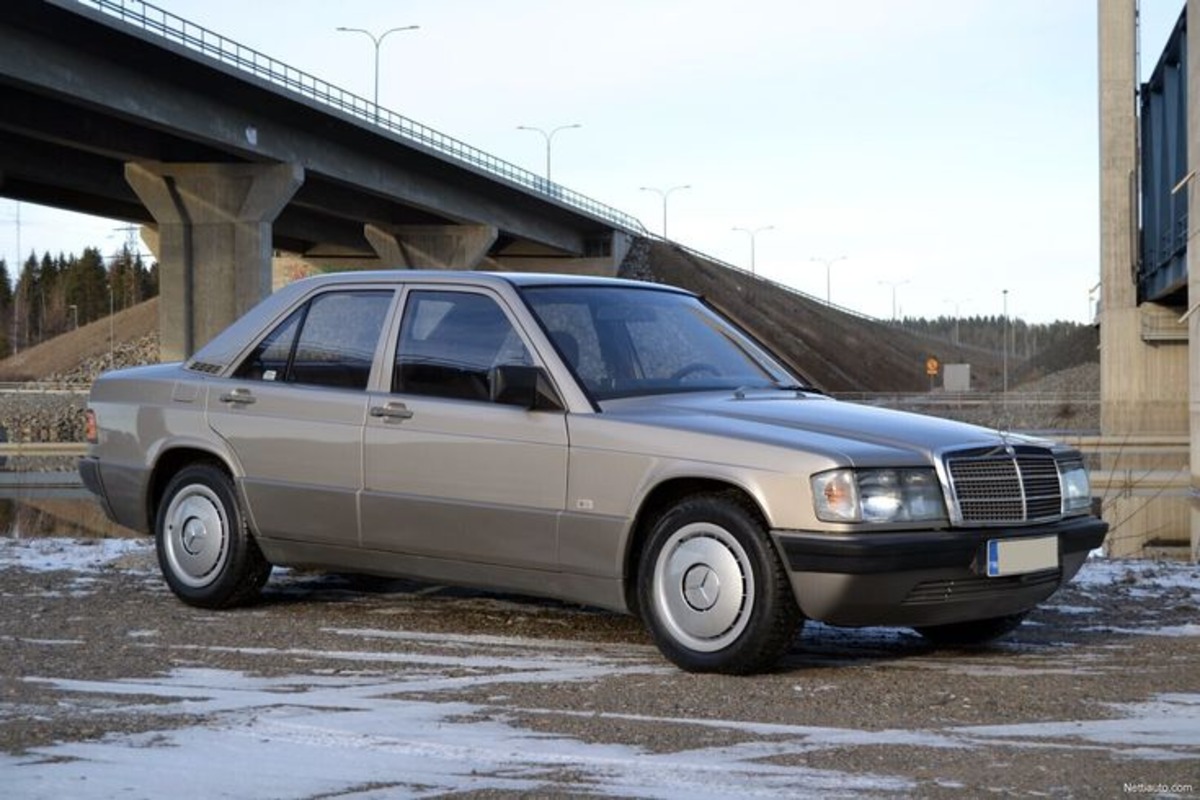
In response, Mercedes scrambled to fix the issue by redesigning the suspension and adding electronic stability control. While these updates improved safety, the damage to the A-Class’s reputation had already been done. The incident raised doubts about Mercedes’ ability to produce a small car that met the brand’s high standards.
Despite recovering in later generations, the first-gen A-Class remains a reminder that even prestigious automakers can stumble. The elk test failure may have been a technical setback, but it was a major branding embarrassment for a company synonymous with engineering excellence.
10. Honda Insight (First Generation, 1999-2006)
Honda launched the Insight as one of the first hybrid cars, but it struggled to gain traction. While its lightweight design and fuel efficiency were impressive, its odd styling, cramped two-seater layout, and limited practicality made it less appealing to mainstream buyers.
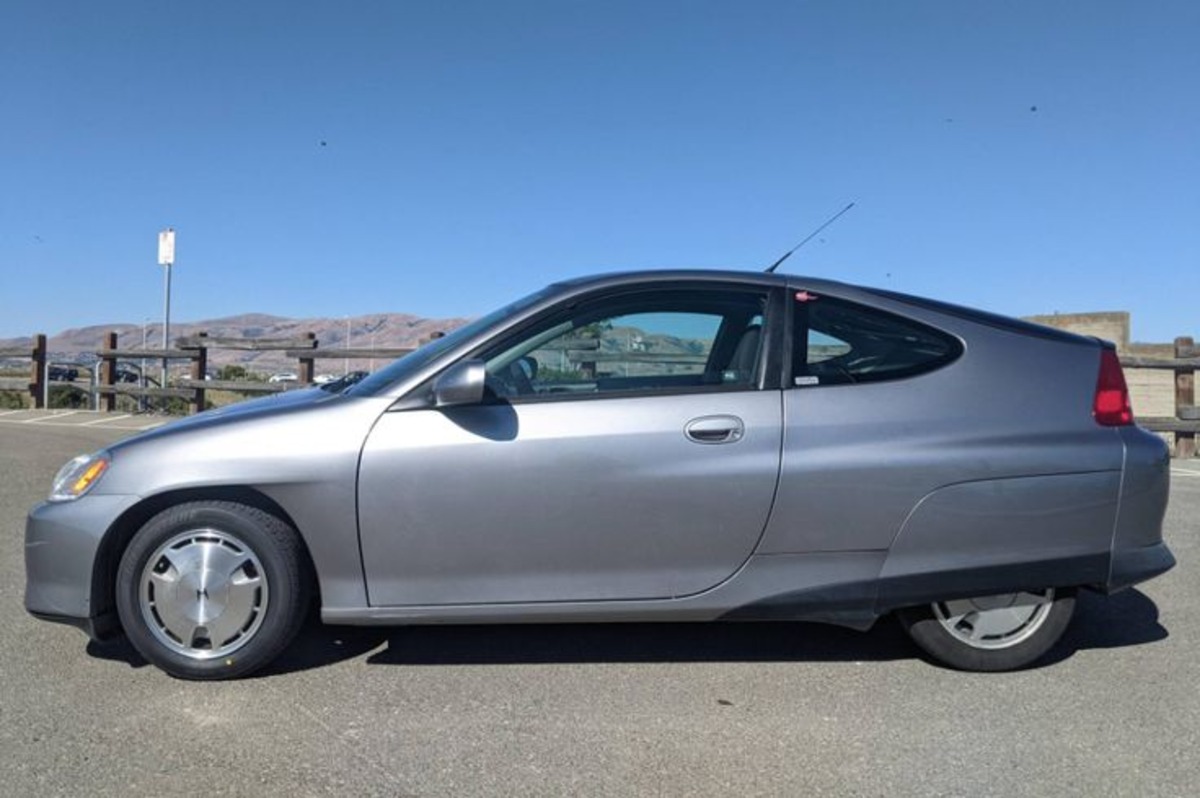
The biggest challenge came from the Toyota Prius, which offered better practicality and quickly became the go-to hybrid. The Insight’s futuristic yet awkward design failed to win over consumers, and its lack of rear seats further limited its appeal. As a result, it was overshadowed by the Prius and became a commercial failure.
Honda later revived the Insight with improved versions, adding more conventional styling and features. However, the first-generation model remains largely forgotten, remembered more as an early hybrid experiment rather than a game-changer in the industry. It serves as a reminder that being first to market isn’t always enough to guarantee success.
Every automaker has had its share of regrettable releases, and these ten cars serve as reminders that even the biggest brands can make mistakes.
While some of these models have gained cult followings over time, their initial reception left manufacturers wishing they had taken a different approach. For car enthusiasts, they remain fascinating examples of what not to do in the automotive industry.

